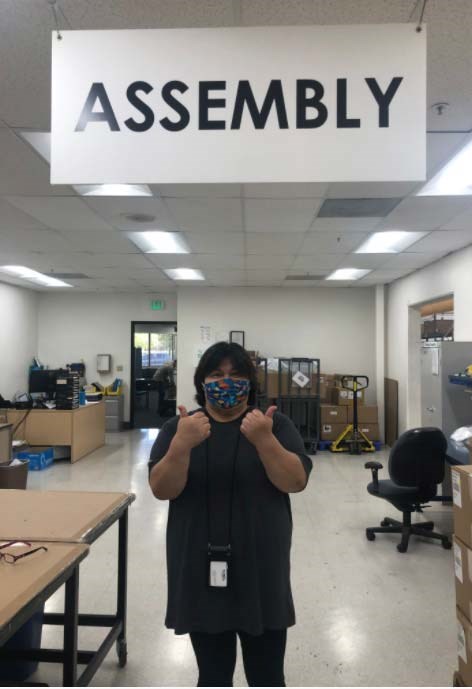It takes a lot for a customer to be so impressed and happy with a service that they start sending catered lunches to the company that helped them out. This was nevertheless the unexpected scenario DCL Logistics
We believe that collaborative robotic technology can be used to benefit all aspects of task-based businesses – no matter what their size.
We believe that the latest collaborative robot technology should be available to all businesses. The nominal investment cost is quickly recovered as our robotic arms have an average payback period of just six months.



